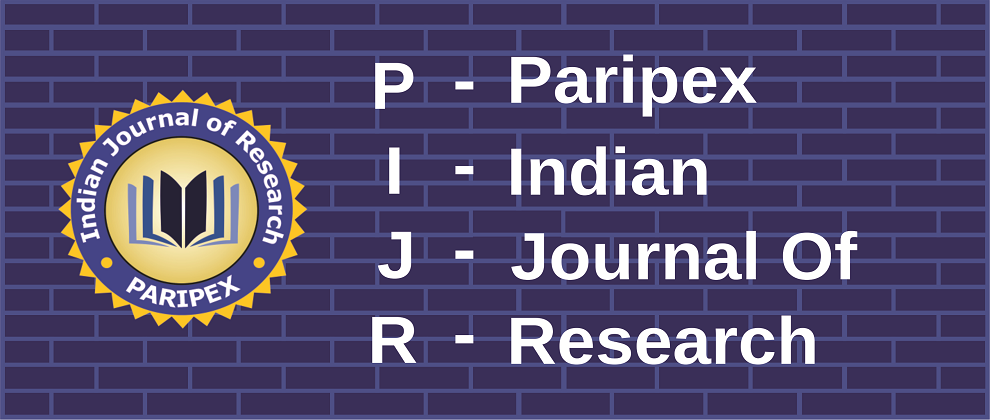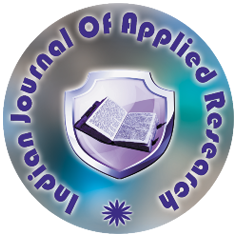Volume : VII, Issue : X, October - 2018
PNS guided PEC I and SAP block for postoperative analgesic effects in patients undergoing modified radical mastectomy.
Dr Ritesh Roy, Dr Nihar Ranjan Tripathy
Abstract :
Introduction:
In the recent years, chest wall blocks have taken the postoperative analgesia to newer levels in the field of anesthesia. Blanco et al. initially described the ultrasound (US) guided chest wall blocks that used local anesthetic (LA) deposition under pectoralis major (PEC I), then under the pectoralis minor (PEC II) and later modified these pectoralis blocks to cover larger areas of the thoracic wall by depositing LA under and/or above the serratus anterior (SA) muscle (SA plane block).
Paraverteal blocks and thoracic epidural blocks, the gold standard for post–operative analgesia for chest wall surgeries often have a high incidence of complications. The pectoralis (PEC) blocks, first described by Blanco et al., have been proven to provide adequate analgesia postoperatively for east surgeries, wide pectoral dissections, upper chest injuries, pacemaker insertions, and intercostal chest drains. To make this simple and useful analgesia technique easy to use in routine procedures, which is limited by the availability of ultrasound machine and expert knowledge of the sonoanatomy of the area, we are describing the innovative technique of PEC–I block and SAP block using peripheral nerve stimulator, which is easily available in most of the health care institutions and hence accessible to most of the anesthetists.
Technique of block: Please refer the Article
Discussion:
Almost always all kind of east surgeries require adequate post–operative analgesia techniques, for better patient satisfaction. Thoracic epidural analgesia, thoracic paraverteal blocks (TPVB), interpleural blocks and intercostal nerve blocks have all been very effective for such surgeries but, are associated with several complications such as epidural hematomas , nerve injuries, pneumothorax, and hypotension. Analgesia technique like TPVB is often unreliable with a single injection, and pectoral nerves are still spared producing inadequate analgesia of the thoracic wall and needed other modes of analgesia as well in addition to the block. The pectoralis block (PEC block) and serratus anterior plane (SAP) block, technique were described by Blanco et al. in 2011 and 2013 using ultrasound and were easy, reliable, and associated with fewer complications. Peripheral nerve stimulators for such easy and superficial blocks increasethe routine utilization of these blocks in various chest wall procedues and benefits wider range of population. We have described the use of PNS for PEC–I block associated with serratus anterior plane block to achieve excellent analgesia of the chest wall.
Keywords :
Chest wall blocks pectoral blocks serratus anterior plane serratus anterior plane block ultrasound peripheral nerve stimulator ultrasound–guided peripheral nerve stimulatorguided.
Article:
Download PDF
DOI : https://www.doi.org/10.36106/paripex
Cite This Article:
Dr Ritesh Roy, Dr Nihar Ranjan Tripathy, PNS guided PEC I and SAP block for postoperative analgesic effects in patients undergoing modified radical mastectomy., PARIPEX‾INDIAN JOURNAL OF RESEARCH : Volume-7 | Issue-10 | October-2018
Number of Downloads : 603
References :
Dr Ritesh Roy, Dr Nihar Ranjan Tripathy, PNS guided PEC I and SAP block for postoperative analgesic effects in patients undergoing modified radical mastectomy., PARIPEX‾INDIAN JOURNAL OF RESEARCH : Volume-7 | Issue-10 | October-2018


 MENU
MENU

 MENU
MENU


